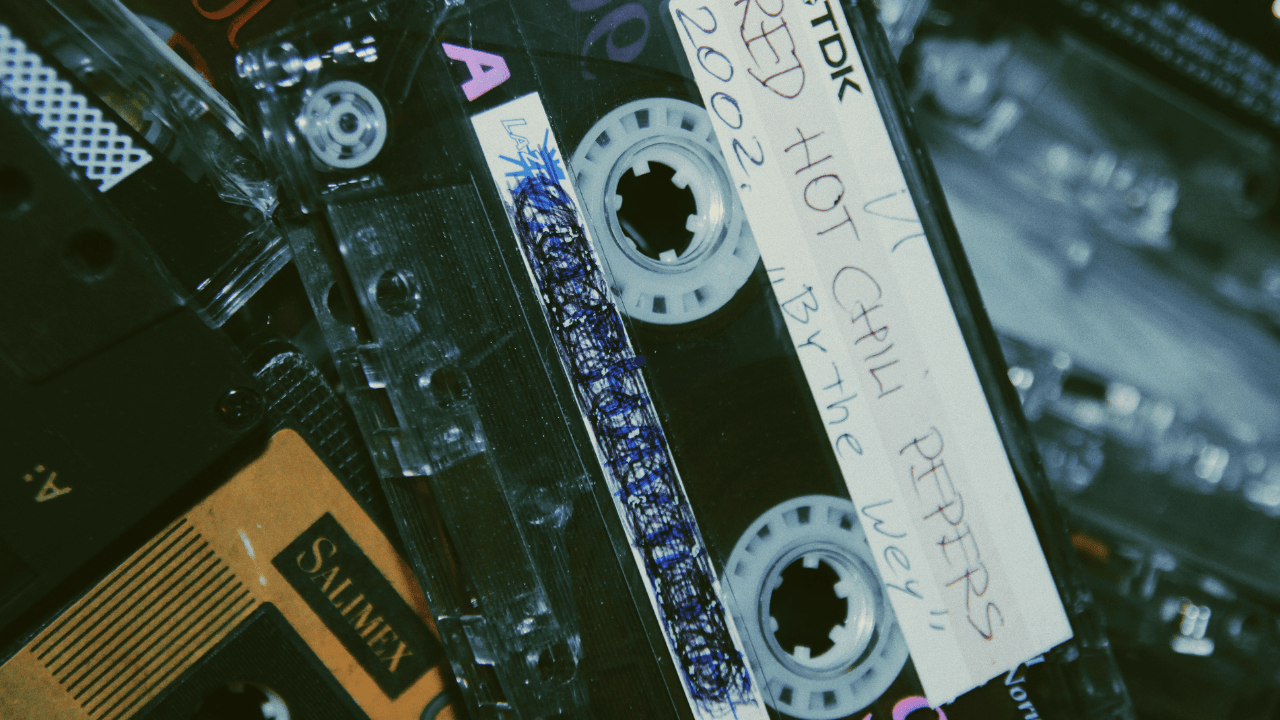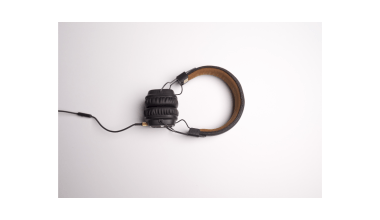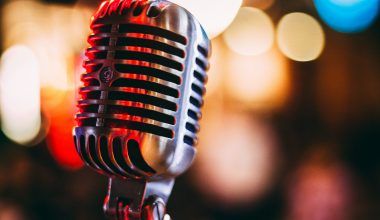Have you ever wondered why some songs sound better than others, or why one file takes up way more space than another? The answer lies in the audio format. Picking the best audio format is important, whether you’re saving storage on your phone, streaming music, or creating tracks to sell online.
This guide will walk you through everything you need to know about audio formats—what they are, why they matter, and how to choose the right one for your needs. Whether you’re listening, streaming, or selling music on Beatport, we’ve got you covered.
What Are Audio Formats?
An audio format is how sound is stored and saved on your device. Every format has its own way of balancing quality, file size, and compatibility. Think of it like how clothes come in different sizes and fabrics—you pick what fits best for the occasion.
There are two main types of audio formats:
- Lossy Formats: These compress the audio file, making it smaller but slightly reducing sound quality (e.g., MP3).
- Lossless Formats: These keep the sound quality intact but require more storage space (e.g., FLAC, WAV).
Now, let’s explore the most popular audio formats and their uses.
Popular Audio Formats Explained
MP3: The Most Popular Format
MP3 is the most common audio format you’ll find everywhere. It uses lossy compression, which means it reduces the file size by removing some sound details. This makes it great for casual listening, but not for audiophiles.
Why Choose MP3?
- Small file sizes save space on your device.
- Works on almost any device or app.
- Great for streaming and sharing music online.
When to Avoid MP3?
- If you care about high-quality sound for professional use.
- If you’re selling music on Beatport or similar platforms.
WAV: High-Quality Audio for Professionals
WAV (Waveform Audio File Format) is an uncompressed format, meaning it keeps all the original sound data. This makes it one of the best formats for high-quality audio, especially in music production.
Why Choose WAV?
- Top-notch sound quality with no loss of details.
- Perfect for recording and editing music.
- Compatible with most professional audio software.
When to Avoid WAV?
- If you’re low on storage space—WAV files are very large.
- For casual listening or streaming.
FLAC: Best of Both Worlds
FLAC (Free Lossless Audio Codec) is a favorite for people who love music but don’t want huge files. It compresses audio without losing quality, making it perfect for archiving music or high-quality playback.
Why Choose FLAC?
- Keeps the original sound quality intact.
- Smaller file size compared to WAV.
- Great for audiophiles and home listening.
When to Avoid FLAC?
- Not as widely supported as MP3 or WAV.
- Larger files compared to MP3.
AAC: A Modern MP3 Alternative
AAC (Advanced Audio Coding) is similar to MP3 but offers better sound quality at the same file size. It’s commonly used by platforms like Apple Music and YouTube.
Why Choose AAC?
- Great sound quality for its size.
- Supported by most modern devices.
When to Avoid AAC?
- If you’re using older devices that don’t support it.
How to Choose the Best Audio Format
Choosing the right format depends on what you plan to do with the audio. Here’s a simple guide:
For Casual Listening
- Use MP3 or AAC. These formats are small, sound decent, and work on almost any device.
For Professional Use
- Go for WAV or AIFF if you’re recording or editing music. These formats keep the best sound quality.
For Audiophiles
- Choose FLAC or ALAC (Apple Lossless Audio Codec). These give you high-quality sound without massive files.
For Selling Music on Beatport
If you’re a producer selling tracks on platforms like Beatport, your audio quality needs to be top-notch. Beatport supports formats like WAV, AIFF, and high-quality MP3. WAV is the preferred choice for its lossless quality.
Why the Format Matters for Streaming
Streaming services like Spotify, Apple Music, and YouTube compress audio files to save bandwidth. They typically use lossy formats like AAC or OGG Vorbis.
While these formats work fine for casual listeners, they aren’t ideal for professionals or audiophiles. That’s why it’s essential to understand the difference and choose accordingly.
The Future of Audio Formats
As technology advances, we’re seeing new formats like MQA (Master Quality Authenticated) that aim to provide studio-quality sound in smaller files. These formats are still emerging, but they could become the next standard for high-quality streaming.
Common Myths About Audio Formats
Myth 1: Bigger Files Always Mean Better Quality
While larger files like WAV have higher quality, the difference may not be noticeable to the average listener. Formats like FLAC balance quality and size effectively.
Myth 2: MP3 is Outdated
MP3 is still widely used and sufficient for most casual listeners, but newer formats like AAC and OGG are better alternatives for streaming.
Tips for Selling Music on Beatport
If you’re an artist or producer, your choice of audio format can impact your success on platforms like Beatport. Here’s why:
- High-Quality Matters: DJs and music buyers on Beatport expect studio-quality sound. Use WAV or AIFF for the best results.
- Metadata is Key: Formats like AIFF allow you to embed track info, making your music more professional.
- Test Before Uploading: Always listen to your tracks on multiple devices to ensure they sound great.
Conclusion:
Whether you’re a casual listener, a dedicated audiophile, or a professional producer, the best audio format depends on your needs.
- For everyday use: MP3 or AAC works great.
- For high-quality audio: FLAC or WAV is ideal.
- For professional tracks: Use WAV or AIFF, especially if you’re selling on platforms like Beatport.
Understanding audio formats may seem tricky at first, but once you know the basics, you can make better choices for your music. So, next time you’re downloading, streaming, or producing music, you’ll know exactly which format to pick!
Related Articles:
For further reading, explore these related articles:
- Eight Affordable Audio Interfaces in 2024 for Aspiring Musicians
- Discover the Power of Amazon Music HD: A Guide for Audiophiles
- How to Get More Listeners for Your Music?
For additional resources on music marketing and distribution, visit Deliver My Tune.






